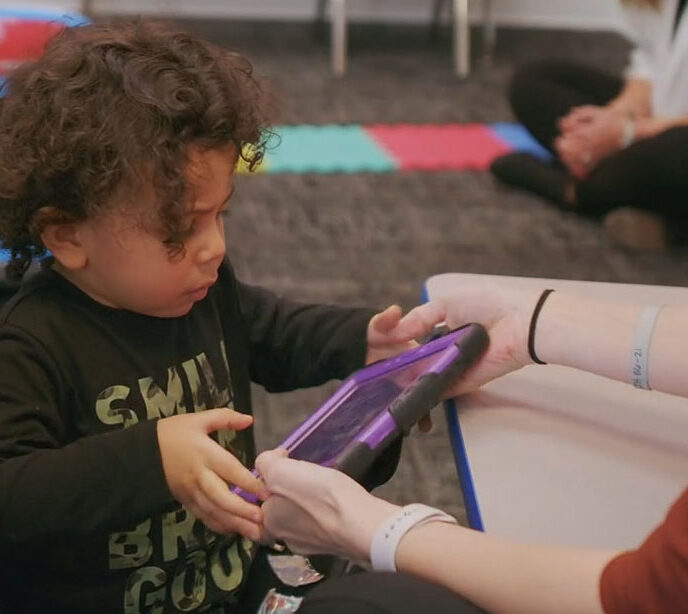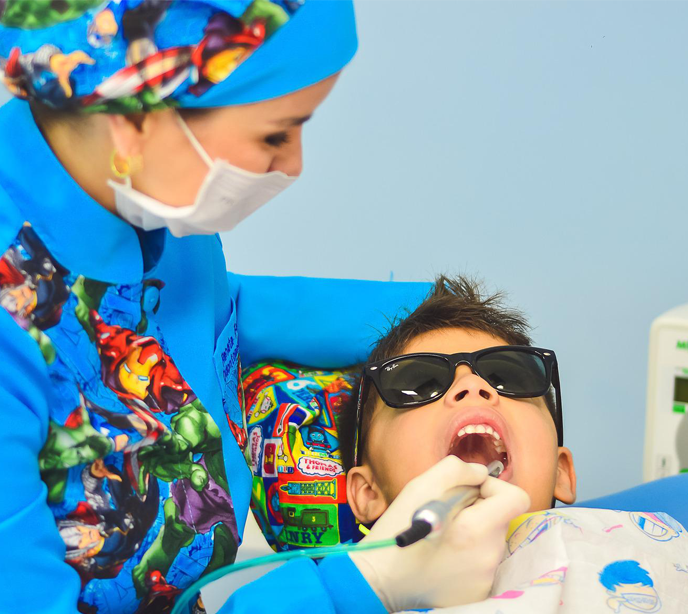If There’s No Epidemic, Why Do Autism Stats Keep Climbing?
Autism Spectrum Disorder (ASD) diagnoses seem to be on the rise. Why is this? We investigate what current data reveals about autism rates, the disparities that exist, and why the statistics don’t necessarily tell the whole story.

If There’s No Autism Epidemic, Why Are the Autism Statistics Climbing?
Having just emerged from the throes of the COVID pandemic, it’s fair to say that we have become acutely aware of the many medical conditions that afflict us as a society. More recently, though, we are witness to another perceived crisis, the autism epidemic.
Autism spectrum disorder (ASD) is a neurodevelopmental disorder that affects a person’s communication, social interaction, and behavior. It’s called a “spectrum” disorder because it affects people in different ways and to varying degrees.
Some people with ASD may have difficulty with social cues or communicating their wants and needs, while others may struggle with repetitive behaviors or intense interests in specific topics. ASD is typically diagnosed in childhood and can affect a person throughout their life.
According to multiple reports from the CDC and other medical journals, autism spectrum disorder statistics show sharp increases in the last few years. Yet experts say there is no need to be alarmed and that there is no epidemic. Let’s look at the data and investigate why the numbers continue to rise, and why experts remain calm.
What the data says
According to several studies reported by the Center for Disease Control (CDC) as well as medical journals like Pediatrics and Autism Research, autism facts and statistics show a marked rise in the number of ASD diagnoses in children between the ages of 4 and 8, both in the USA and the rest of the world.
Autism in the USA
A study published in the journal Pediatrics found that the rate of autism among children in the New York and New Jersey metropolitan areas tripled between 2000 and 2016.
In the CDC’s 2021 follow-up report on autism in the USA, statistics showed similar increases to what was observed in New York and New Jersey. In 2016, one in 54 children had been diagnosed with autism by age 8, compared to 1 in 150 in 2000.
Another study announced by the CDC in 2023 showed that the number had jumped significantly to 1 in every 36 children. This was up from 1 in 44 in 2021.
Autism across the world
A recent study published in the journal Autism Research revealed that the global prevalence of ASD has increased to around 100 in 10,000 (or 1 in 100) children. This is a significant rise from the 2012 global prevalence report, which estimated that 62 in 10,000 children had ASD.
What are the reasons for the rise in numbers?
So what do these statistics on autism really mean? And why don’t the experts seem to be worried? The answer, it appears, is layered. There are a number of factors that contributed to autism seeing an increase in statistics, but most of them point to better reporting rather than an increase in the actual number of cases.
Better diagnoses
According to the team who conducted the New York and New Jersey study, the increase in autism spectrum disorder diagnosis is mainly due to the advancements in diagnostic capabilities and a greater understanding and awareness of the disorder. This is especially prevalent in diagnoses of ASD in children without intellectual disabilities.
The study showed the percentage of 8-year-olds diagnosed with autism in New York and New Jersey without intellectual disabilities had increased more rapidly than those with intellectual disabilities. From 2000 to 2016, the percentage of those without intellectual disabilities increased five times, while the percentage of those with intellectual disabilities increased only twice.
This is primarily attributed to advancements in diagnostic techniques rather than an increase in cases.
The increase in autism prevalence in other parts of the world is also attributed to improvements in public awareness and healthcare systems that respond to autism.
Now, children are diagnosed at an earlier stage, and regions such as Africa and the Middle East, which were previously underrepresented, have made progress in measuring autism prevalence.
Racial and gender disparities
The New York and New Jersey study also showed that although the gap has decreased, there are still racial disparities in autism diagnoses. In the past, Black and Hispanic children were diagnosed with autism less frequently than white children.
The recent analysis revealed that Black children without intellectual disabilities were 30% less likely to be diagnosed with autism than white children.
According to a neurodiversity scholar at the College of William & Mary, too many marginalized individuals who belong to racial or gender minority groups may not receive an autism diagnosis due to less effective screening tools.
As diagnostic tools and expertise continue to improve, more individuals from these groups may receive a diagnosis, leading to an increase in autism diagnoses overall.
Autism in women and girls
Studies have shown that autism is often underdiagnosed in girls and women, as well as in people with less visible symptoms. The latest CDC report shows a 4-to-1 ratio of male-to-female diagnoses, but some scholars are not completely convinced that this accurately reflects the reality on the ground.
In other research, some academics found that there are often more autistic female students than male students in college groups. And as one social worker has shown, many women are diagnosed with autism later in life, often after they’ve become mothers or grandmothers. This suggests that there are still many girls and women who are going undiagnosed today.
As these diagnoses increase, so will the overall number of cases.
Genetics
According to one analysis, around 83% of the risk of developing autism comes from inherited genetic factors. The study pointed out that autism is likely influenced by 2,000 to 3,000 genes, but only about 100 of them are consistently linked to the disorder.
It was also shown that older parents are more likely to have autistic children, and recent trends show that more people are waiting longer to have children. This is flagged as another possible contributor to the increase in ASD prevalence.
Lighthouse Autism Center makes life better
Given the increased awareness of ASD prevalence in the USA, it is important to seek out support systems and resources to help families with autistic children. The vast repository of autism resources and LAC’s innovative and groundbreaking Lighthouse Fusion ABA Therapy provide autistic children with the ideal path to holistic well-being.
Together, we can unlock your child’s potential
Related News

10/07/2025
PECS and Its Use in ABA Therapy – Lighthouse Autism Center
The picture exchange communication system, or PECS, is a teaching system that can help an autistic child or another individual with speech difficulties improve their communication skills. We take a look at PECS’ role in ABA therapy and unpack how it works. What Is the PECS System and How Is It Used In ABA Therapy? […]

08/13/2025
ABA Therapy Tips for Taking Your Autistic Child to the Dentist
Taking Your Autistic Child to the Dentist For any child, and even adults, a trip to the dentist can often be filled with anxiety, fear, and discomfort. For a autistic child, especially, these feelings can be even further heightened by sensitivities to noise, smell, and touch. To make this experience better for both the child […]

08/13/2025
Tips for House Hunting with Your Child on the Spectrum
Guidance for Families with Children with Autism when Moving Moving is always a stressful and complicated endeavor. But when you have a child on the autism spectrum, the thought of packing up your household and moving somewhere new can seem like a near-impossible task. Parents often worry that their children will get overwhelmed by this […]


